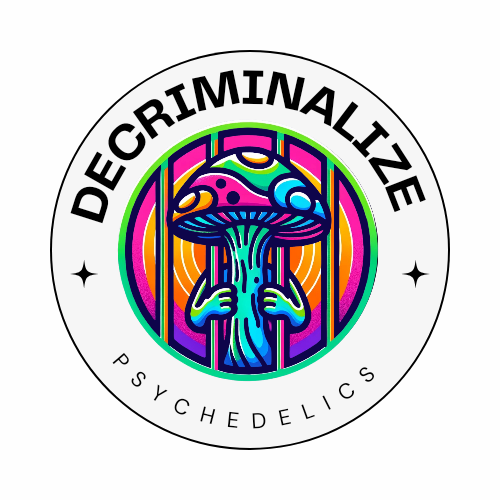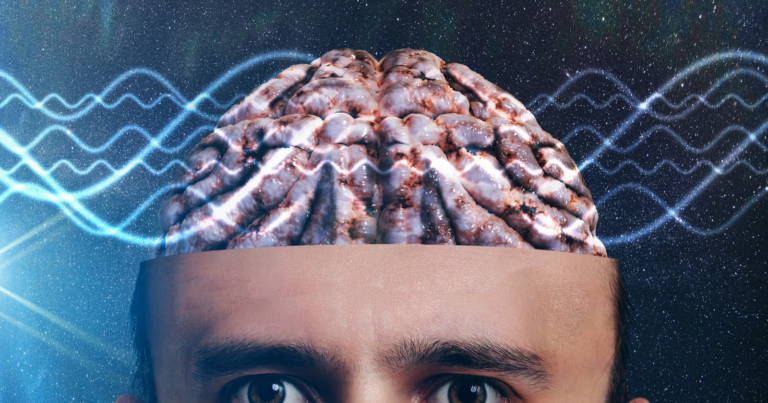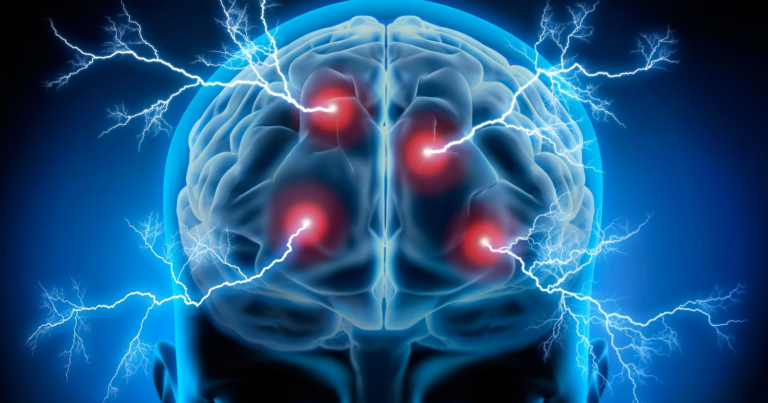Let’s dive into the debate on LSD vs SSRIs for persistent depressive disorder.
Also known as dysthymia, persistent depressive disorder is a chronic type of depression that lasts for at least two years.
LSD and SSRIs might be able to help.
Here, we compare their usage, efficacy, side effects, and overall impact on mental health.
Understanding Persistent Depressive Disorder
Persistent depressive disorder is characterized by a constant low mood, feelings of hopelessness, and lack of interest in daily activities.
People with this disorder may experience periods of less severe symptoms, but these are usually followed by periods of more severe symptoms.
It’s quite different from major depression, which is typically episodic and may resolve within several months.
Persistent depressive disorder is a long-term, ongoing condition that significantly affects quality of life and daily functioning.
In the quest to manage this condition, two treatments have emerged as potential options:
Lysergic Acid Diethylamide (LSD) and Selective Serotonin Reuptake Inhibitors (SSRIs).
Both have their own merits and drawbacks, which we’ll explore comprehensively in the following sections.
Exploring the Role of SSRIs
Selective Serotonin Reuptake Inhibitors, commonly known as SSRIs, are a class of drugs that are often prescribed for treating persistent depressive disorder.
They work by increasing the levels of serotonin in the brain. Serotonin is a neurotransmitter associated with feelings of well-being and happiness. By blocking its reabsorption into the neurons, SSRIs effectively enhance the brain’s serotonin activity.
Common examples of SSRIs include fluoxetine (Prozac), sertraline (Zoloft), and citalopram (Celexa).
These medications have been scientifically proven to alleviate depression symptoms in many individuals.
But here’s the thing: while they’re generally effective, they’re not without their downsides.
Side effects can include nausea, increased appetite, weight gain, loss of sexual desire, fatigue, drowsiness, dry mouth, and insomnia.
Moreover, there’s a risk of developing serotonin syndrome—a potentially life-threatening condition if too much serotonin accumulates in your body.
And let’s not forget the withdrawal symptoms that can occur if you stop taking these medications abruptly.
In treating persistent depressive disorder, SSRIs are often the first line of treatment due to their lower risk profile compared to other antidepressants.
But are they the ultimate solution? Let’s explore further.
The Potential of LSD in Treatment
On the other end of the spectrum, we have Lysergic Acid Diethylamide, or LSD.
This powerful psychedelic has been the center of attention in recent years due to its potential therapeutic effects on persistent depressive disorder.
The mechanism of LSD is quite different from that of SSRIs.
Instead of merely increasing serotonin levels, LSD mimics serotonin and binds directly to the receptors, initiating a series of reactions in the brain.
These reactions can result in profound changes in perception, thought, and mood – often leading to introspective experiences that can help individuals confront and understand their depressive symptoms.
Here’s an example: In a study published in The Journal of Psychopharmacology, participants who took LSD reported significant improvements in their depressive symptoms.
They attributed these improvements to the introspective experiences and personal insights they gained during their LSD sessions.
Additionally, unlike SSRIs, LSD does not need to be taken regularly.
A single, carefully administered dose can often lead to sustained improvements in mood and outlook.
But it’s important to note that while these findings are promising, more research is needed to fully understand the potential risks and benefits of using LSD for treating persistent depressive disorder.
The Potential Risks and Limitations
Now, let’s pivot and consider the potential risks and limitations of both LSD and SSRIs in treating persistent depressive disorder.
While these treatment options have shown promise, it’s crucial to approach them with a balanced perspective.
For SSRIs, long-term use can lead to physical dependence.
Abruptly stopping the medication can cause withdrawal symptoms like dizziness, insomnia, and flu-like symptoms.
There’s the risk of experiencing sexual side effects, weight gain, and in some cases, an increase in suicidal thoughts, particularly among young adults.
On the other hand, LSD comes with its own set of challenges.
Despite the promising results from recent studies, using LSD therapeutically is not a widespread practice due to its legal status in many countries.
It’s also worth noting that the psychedelic experience induced by LSD can be intense and sometimes distressing.
Without proper guidance and support during the session, there’s a risk of psychological harm.
- SSRIs: Dependence risk, sexual side effects, weight gain, potential increase in suicidal thoughts.
- LSD: Legal constraints, intense experiences can be distressing without proper support.
Remember, it’s crucial to discuss any treatment changes with your healthcare provider before making a decision.
They can provide individualized advice based on your specific situation and medical history.
Finding the Balance in Treatment
As we delve deeper into the world of persistent depressive disorder treatment, it’s crucial to remember that there’s no one-size-fits-all solution.
Each person is unique, and what works for one individual may not necessarily work for another. It’s all about finding the right balance that suits your specific needs and circumstances.
Both LSD and SSRIs come with their own sets of potential benefits and drawbacks.
We’ve seen that SSRIs can provide relief from depressive symptoms but may come with side effects like weight gain and sexual dysfunction.
On the other hand, LSD offers a different approach to treatment, possibly leading to profound introspective experiences that can help individuals better understand their depressive symptoms.
But here’s the deal: while it can be tempting to focus solely on these two options, it’s essential to remember that they are just part of a broader spectrum of treatments available for persistent depressive disorder.
Therapy, lifestyle changes, and other medications also play a crucial role.
Ultimately, it’s about working closely with your healthcare provider to find a treatment approach that works best for you.
They can guide you through the complexities of these treatments and help you make an informed decision based on your unique situation.
Let’s remember, mental health treatment is a journey, not a destination.
Final words on LSD and SSRIs: A comprehensive comparative study
When it comes to treating persistent depressive disorder, understanding your options is essential.
Both LSD and SSRIs present potential pathways to better mental health, each with its own set of benefits and challenges.
The choice between the two often depends on individual circumstances, personal preference, and professional guidance.
With the right support and information, you can make an informed decision that best suits your needs.
It’s essential to remember that the goal is not merely relief from symptoms but an enhanced quality of life.
And while this process can feel overwhelming, know that each step you take contributes to building a healthier, happier you.










